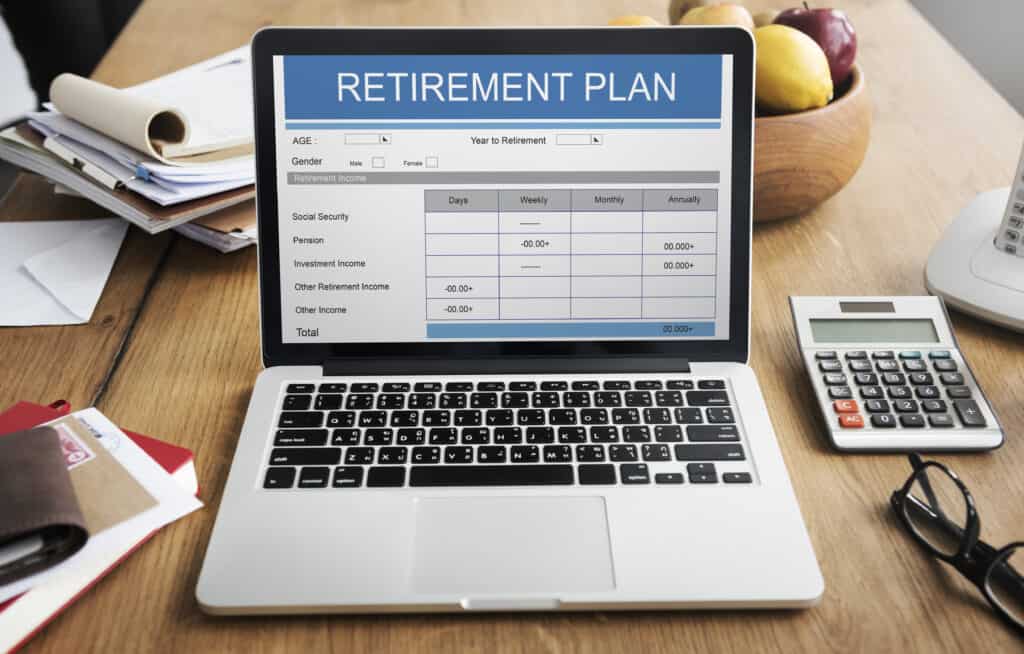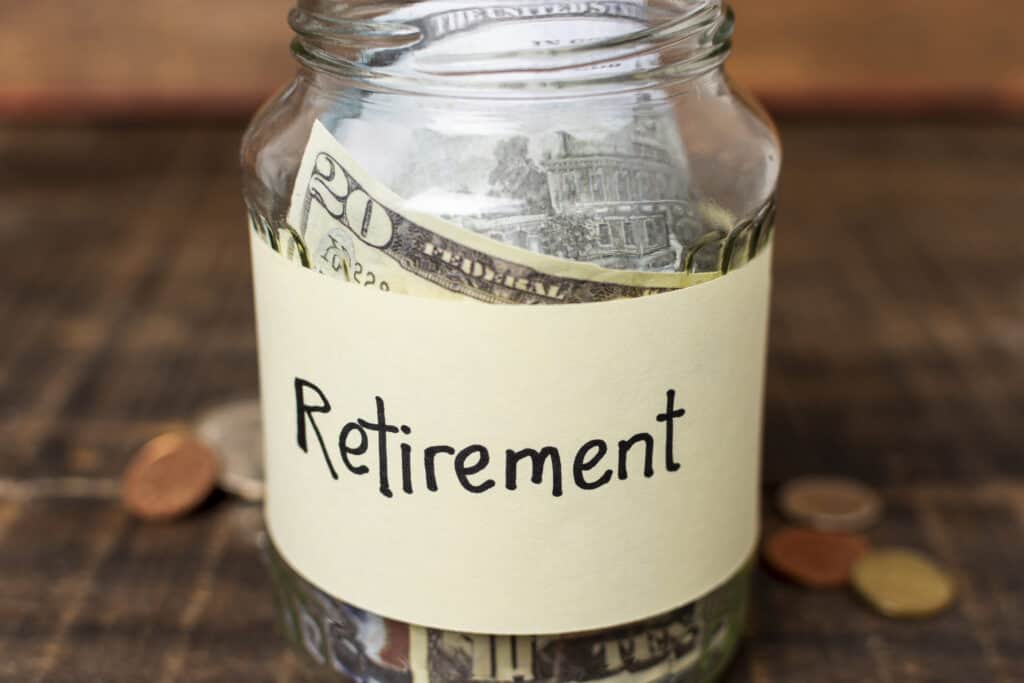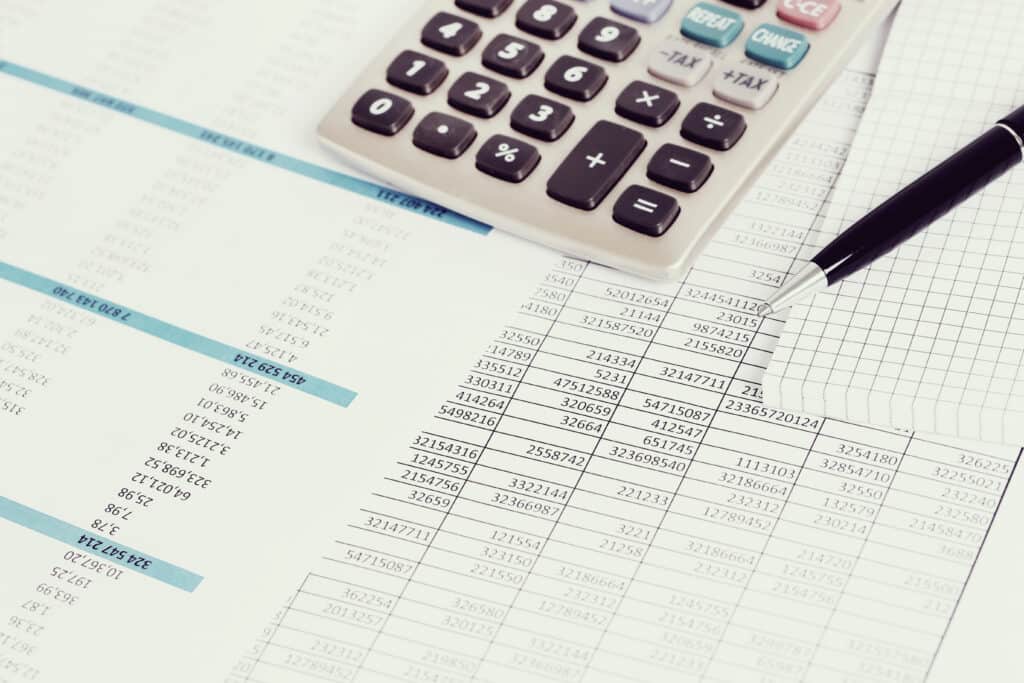Are you one of the 66% of Americans who are concerned about stock market volatility? After decades of saving for retirement, you want your money to be there when you need it. If you’re looking for more retirement investment options, and control, than your current IRA offers, a Self-Directed IRA might be for you.
What Is A Self-Directed IRA?

A self-directed IRA (SDIRA) allows an investor to choose their preferred investment option. It’s a good choice for saving for retirement while providing the tax benefits that come with the traditional Roth IRA. It has the same contribution limits of regular and Roth IRA.
This IRA account is one of the most common ways to save for retirement. Whatever your retirement plans are, IRA investments should be one of your options for your hard-earned income.
Difference Between An SDIRA And Other Retirement Accounts

Unlike the traditional IRA, where you submit a buy or sell order, and an agent fulfills the order, a self-directed IRA can be more complicated for two reasons.
First, the transactions often happen outside the buyer’s account with a third party. For instance, if your goal is to invest in real estate, you need to move money from the self-directed IRA. You can then ask your provider to disburse funds from a linked checking account.
Another reason is that the custodian will not give you any advice. When you request money to buy funds in real estate, your custodian will take no liability. Therefore, it’s your responsibility to research your investment options.
The type of investments you can hold in an SDIRA account is different from that of the traditional IRA. Generally, the traditional IRAs can only hold common securities such as stocks, bonds, certificates of deposits, and exchange-traded funds (ETFs). On the other hand, investors in SDIRAs can invest in precious metals, private placements, commodities, tax lien certificates, limited partnerships, and other alternative investments.
Therefore, an SDIRA needs due diligence and a bigger initiative of the account owner.
How To Open A Self-Directed IRA?

As an investor, you cannot manage a self-directed IRA on your own. Instead, you should use the services of a third party, also known as a trustee or custodian. This is the standard practice whenever you want to have an IRA as part of your investment strategy.
Therefore, the first step towards opening an SDIRA is to find a trustee or custodian for your account. Remember that not all custodians offer the same investment options. If you are interested in a particular asset such as gold bullion, you should ensure that this potential custodian offers.
The custodians of the SDIRAs are usually companies that specialize in them, such as trust companies and banks. The kind of investment that the trustee agrees to handle will differ from one broker to the other. Remember that the SDIRA custodian cannot give you any financial advice as the account is self-directed.
This is why traditional banks, brokerages, and investment companies don’t offer these kinds of accounts. If you need help choosing or managing your investment, you should hire a financial advisor as custodians don’t generally offer this.
After finding a custodian, the next step is to choose an investment. Choose an investment that you would like to make. Conduct due diligence on the investment. Always remember that you should understand where you want to put your money. Educate yourself so that you are confident in the investment that you are making.
Remember that the IRA prohibits some investments from being put in the SDIRA. The most popular brokerage firm doesn’t offer these SDIRA services. You should then ask the trustee or custodian of the account to do the necessary transaction.
Pros Of Self Directed IRAs

There are several benefits of self-directed IRAs. These include:
1. Higher Returns
Investors wIth a good understanding of investments in different segments can get higher returns with self-directed IRAs than traditional IRAs.
2. Better Diversification
Self-directed IRAs can enable you to invest in companies that aren’t traded publicly. This is something that you cannot do with a mutual fund. Thus, your investment portfolio will be a lot more diverse this way.
SDIRA offers a large possibility of investment. On top of the standard investments such as stocks, bonds, money market funds, cash, and mutual funds, investors can even hold assets that are part of their investment portfolio. Putting capital in assets that aren’t tied to the stock market can be a good hedge against typical volatility in the stock market.
3. Easy To Set Up and Access
Anybody can open and contribute to an IRA. All that you need to begin is a taxable income. It has no age limit for opening or contributing.
4. Greater Control
Investing in SDIRA offers investors better control of their financial situation. They learn about investment options and are entirely responsible. When they see a great opportunity in real estate, they can invest in the sector.
5. Asset Protection
Self-directed assets are a great way of protecting your assets. For instance, if you buy a real estate asset using an SDIRA, you will have various exit strategies such as sale, refinancing, and value improvement.
This is not possible with stocks or bonds. Besides, when there is a downturn in real estate, investors will still benefit from the continuous cash flow.
Cons Of Self-Directed IRAs

Like other investment options, SDIRA also comes with its downsides. These include:
1. Prohibited Transactions
If you don’t follow the rules, you will not receive the IRA tax benefit. A potentially big mistake would be to ignore the self-dealing rule that bars investors from borrowing money from their IRA, selling assets to it, and other kinds of interactions. These kinds of mistakes will make your investment strategy more difficult than it should be.
For instance, if you invest in a rental property and decide to fix it yourself to save money, you will have broken the IRA rule. That also applies if you spend the night in your IRA-owned house.
2. Possibility Of Losses
If you are not well informed about investment options, you can easily make losses in your SDIRA. It’s up to you to understand the investment you make. You will need to do the due diligence, or else you may end up losing part of your initial investment. These are the usual mistakes new investors make, as never fully understanding what you are investing in will lead to losses instead of profits.
When doing your homework, you should check out some things like the revenues and expenditures to see if the investment will make financial sense.
3. Fees
The fees charged by the self-directed IRAs are usually relatively high. These also vary depending on your IRA custodian and the investment type.
4. Not Liquid
Most of the investment options under the SDIRA aren’t liquid enough. This means that it can be challenging to turn your investment into money if you have a financial emergency.
How To Tell If A Self-Directed IRA Is Right For You?

Investing in a self-directed IRA requires a lot of decisions to be made, such as managing the paperwork, transaction, and giving instructions. Therefore, you need to be fully dedicated to the investment and know what you’re doing. This also makes SDIRA more suited for investors with experience in a particular asset class with higher risk tolerance.
SDIRA may be a good choice for you if you have experience in a particular industry. For instance, if you have experience in real estate or have been involved in company funding, SDIRA may be a good fit for you. You should also consider if there are classes of assets you are interested in investing in, such as cryptocurrencies. If you need more control over such assets, then SDIRA is a good option for you.
Remember that SDIRA providers often charge a wide range of fees such as set up fees, administration fees, transaction fees, and annual maintenance fees, depending on the value of your account. If you are not transacting regularly, you may want to accept the lowest transactions for a lower annual fee.
Investing In Real Estate With A Self-Directed IRA

To start investing in a self-directed IRA, you should begin by setting up your account. Since real estate puts a lot of burden on the custodian, many of them don’t offer real estate as an investment. However, properties are allowed by the Internal Revenue Service as an SDIRA investment option.
One of the reasons to consider a self-directed IRA to purchase real estate is the potential tax benefits. Like it’s the case in an IRA, the income to the IRA isn’t taxed until withdrawal time. If you are an active investor, you are allowed to buy, sell and flip real estate without the tax-deferred status on the SDIRA. You can also transfer funds from one account to the other. Another reason to consider investing in real estate through an SDIRA is familiarity.
Local real estates often appeal to many investors and are a good choice to invest in during economic uncertainty. On the other hand, if you aren’t savvy in the real estate sector, you might end up making risky choices. In that case, hire someone to help you that knows what they’re doing.
That’s partly how Grant Cardone’s net worth is built, turning IRA funds into real estate investments and helping people to do the same.
Rules Of Investing In Real Estate With Self-Directed IRA
There are several rules of real estate investment with SDIRA. These are:
- You can use your SDIRA to purchase your property or to buy it from a disqualified person.
- You can enjoy indirect benefits from a property owned by an SDIRA, like using it personally for you or your family.
- The property should have a unique title. This means you and the IRA are two separate entities, and the investment should be in the name of the IRA.
- The property can be bought with the SDIRA and funds from other sources.
- If an IRA investment uses financing, it’s supposed to pay for unrelated business income tax.
- Expenses from an IRA-owned property should be paid from an IRA.
- When the property generates any income, this should be returned to the IRA.
All In All – Self-Directed IRA

There is no such thing as a simple IRA. But you can have this type of investment vehicle simplified. Consult with a financial planner on how this investment strategy will work for you and your plans for retirement. This will help you reach your goals efficiently and effectively. A financial planner will help you connect the dots and help you reach your ultimate goal of financial independence.
Through the right amount of information and education, you may be able to make a well-informed decision if this type of investment product is for you. With the proper allocation and investment choices, you are one step closer to fulfilling your retirement plan.